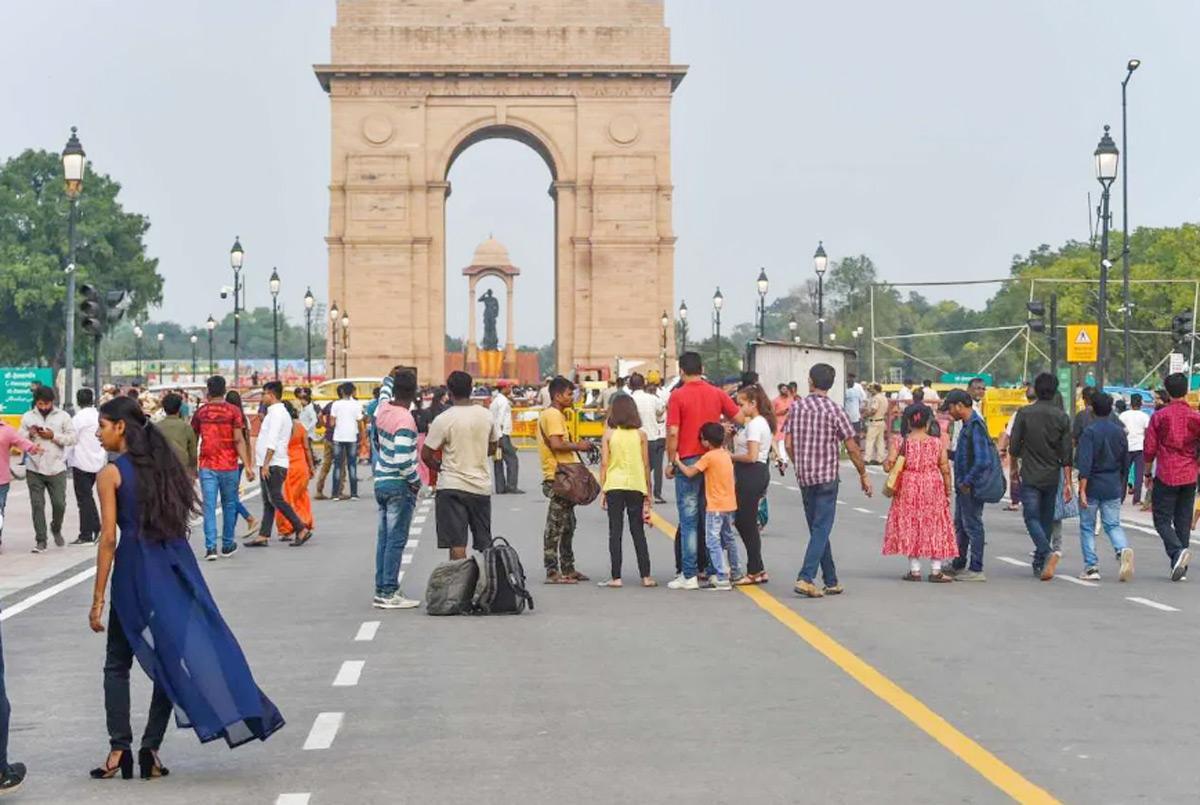Africa-Press – Lesotho. Having decided on a sightseeing and exploration trip to India before either that the sub-continent’s fast-paced development or my own health forbade such a luxury, I restricted myself for time reasons to the general north-west, i. e. , the capital New Delhi, the famous Agra-Taj-Rajasthan triangle and a wider perambulation that would be decided on the spot.
Many of MT readers have been there and done this up-north trip for leisure, spiritual travel, trade or business and surely have explored far more than I could, either as base point for sacred rites at Rishikesh or the Kashi-Varanasi temples and ghats or again to north-eastern hill stations.
At the back of my mind was my last business trip to New Delhi more than 25 years ago when, residing about one hour outside the capital at a relatively decent hotel reached along tiring pot-holed roads, a severe bout of « Delhi-belly » gripped me in the last days there, ferociously brought on by a couple of innocent-looking ice-cubes at the hotel bar.
Forewarned and armed with a panoply of emergency pharma stuff, I decided this overhang for three weeks would be unbearable and asked my city tour driver to take me to a « dhaba » where he would personally lunch.
This was no place for the faint-hearted but a ubiquitous Rs 150 thali later and without any signs of queasiness, I relaxed and felt emboldened enough later to plunge by foot or an occasional rickshaw, into Delhi’s numerous bazaar and food streets around the noisy, dirty, lively, and rag-tag areas near the 24-hour Central station.
By contrast, New Delhi’s south was a haven of lush-green and leafy tree-lined avenues, with its embassies, political brass residences, administrative staff enclaves, its unmissable landmarks, and museums around the Gandhi-Nehru era dynasties.
In a city gorged with temples and mosques, each piously greeting devotees, it was absolutely refreshing to visit the exquisite gardens surrounding the Lotus temple, an amazing open flower structure of concrete of Baha’i universal faith, visited daily by tens of thousands of tourists from across India and Delhiites alike.
Designed by an Iranian origin architect, like all Bahá’í Houses of Worship, the Lotus Temple is open to all, regardless of faith. 27 free-standing marble-clad “petals” arranged in clusters of three to form nine sides, with nine doors opening onto a central hall with a capacity of 1,300 people. The Lotus Temple has won numerous architectural awards and exudes spiritual serenity.
For More News And Analysis About Lesotho Follow Africa-Press






